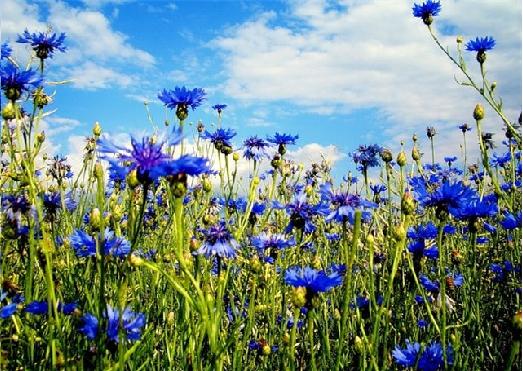The use of medicinal herbs in Bosnia
Traditional use of wild medicinal and aromatic herbs on the territory of Bosnia and Herzegovina (B&H) – west of Balkan Peninsula; Southeast of Europe
ABSTRACT
 This paper contains first systematical revision of the results on traditional use of wild medicinal and aromatic herbs on the territory of Bosnia and Herzegovina (B&H) – west of Balkan Peninsula; Southeast of Europe.
This paper contains first systematical revision of the results on traditional use of wild medicinal and aromatic herbs on the territory of Bosnia and Herzegovina (B&H) – west of Balkan Peninsula; Southeast of Europe.
There have been detected 227 plants belonging to 71 different plant families, which are being used with ethno therapeutic purpose.
Results were obtained by method of open ethno botanical interview which comprised 150 persons, whose average age was 63. Medicinal plants in ethno therapy are being used either in fresh, raw or dried condition. Different herbal parts, depending on period of vegetation season, sometimes even in winter, are basis for preparation of infusions (59%), decoct (19%), tinctures (4%).
Especially original are balms known as Bosnian »mehlems«, which are fresh cuted herbal parts mixed with lukewarm resin, raw cow butter or honey. In ethno therapy are mostly being used aerial plant organs.
Majority of herbs is being used for treatment of illnesses of respiratory (22%), gastrointestinal (19%) and urinary and genital system (9%), for treatment of skin conditions (11%), as well as for nervous system and heart diseases (16%).
The most original plants on the field of ethno pharmacology, comparing with ethno therapy practice of other regions, are as follows: Ballota nigra, Aesculus hippocastanum, Calluna vulgaris, Centaurea cyanus, Euphrasia rostkoviana, Geranium robertianum, Gentiana asclepiadea, Helichrysum italicum, Lycopodium clavatum, Marrubium vulgare, Nepeta cataria, Populus tremula, Ruta graveolens, Tamus communis, Teucrium montanum, T. chamaedrys, and endemic plants Gentiana lutea subsp. symphyandra, Teucrium arduini, Micromeria thymifolia, Satureja montana, S. subspicata, Rhamnus fallax and Viola elegantula.
There haven’t been noticed significant differences in the frequencies of medicinal plants use among different ethnical groups. But, it has been perceived that longer ethno therapeutic tradition possess inhabitants of sub and Mediterranean areas, as well as inhabitants of the mountain areas of B&H, regardless their ethnicity.
Sulejman S. Redžić
Center of Ecology and Natural Resources, Faculty of Science University of Sarajevo, Sarajevo, Bosnia and Herzegovina
Department of Pharmaceutical Botany, Faculty of Pharmacy University of Sarajevo, Sarajevo, Bosnia and Herzegovina
Full study as the pdf file for free download is here – The Ecological Aspect of Ethnobotany and Ethnopharmacology of Bosnia and Herzegovina
